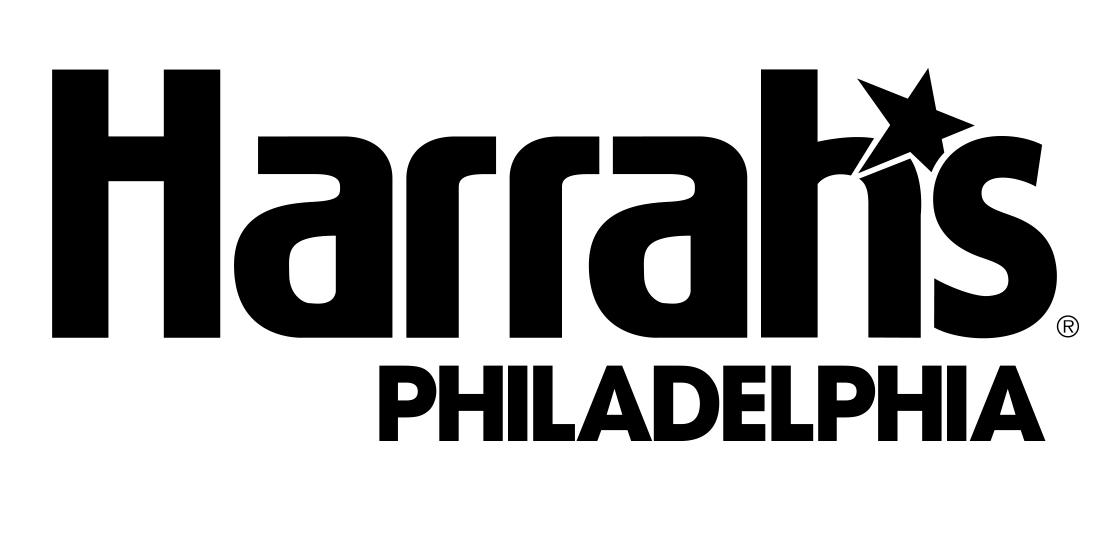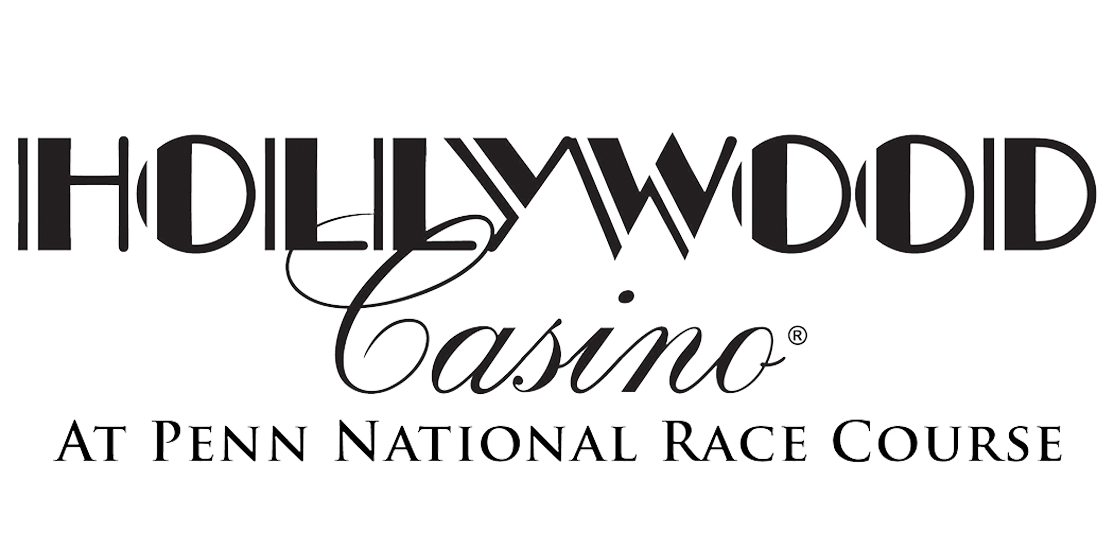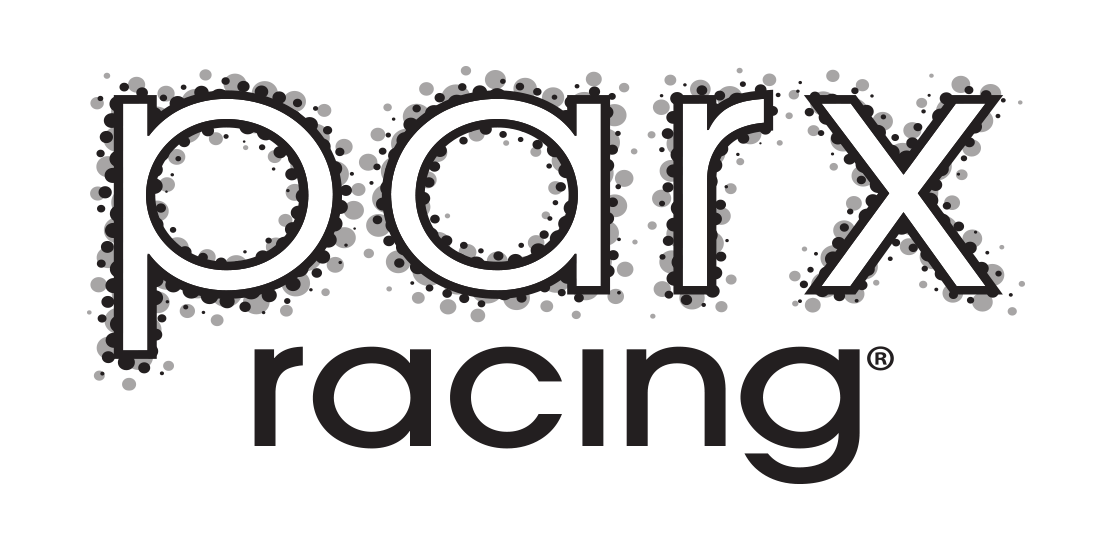When an excited audience sits down for a day at the races, they’re met with the exhilarating speed and agility of a group of horses running in their prime. Those majestic equine athletes, however, are generally at least two years old by the time their hooves hit the track [1]. And it takes a lot of work—and people—to make sure they are race-day ready.
Those first, formative years of life when a foal matures into an adult are filled with growth, exercise and training. And, from breeders to equine veterinarians to trainers, there are a plethora of people who lend a helping hand along the way.
Many of these unsung heroes never receive the same praise as the track’s star athletes (or their drivers or jockeys). To give them the credit they’ve so painstakingly earned, we’re detailing some of the lesser-known, yet vital work that goes into raising championship race horses.
Where It All Begins: From Breeding to Birth
Before a championship race horse is born, they must first be bred. Breeding is the careful process of selecting a foal’s lineage in order to give them the greatest odds of growing up to be strong and swift.
Professional breeding has an entire workforce of its own—largely composed of bright individuals with backgrounds in equine science. Some of the foremost jobs in the field include [2]:
- Bloodstock agents – These industry professionals wholly understand championship broodmares and sires. Thus, they’re often called upon to make insightful recommendations when determining the viability of a breeding pair.
- Geneticists – Running genetic tests on a breeding pair can determine the qualities that they’re likely to bestow upon their foal. A geneticist’s aim is to look for any inheritable diseases or genes that breeders would want to avoid passing to another generation.
- Mare and Stallion handlers – Mare handlers assist during the actual mating process, overseeing the mother to ensure her safety and that of those around her.
- Foaling attendants – When a mare is in her final stages of pregnancy, a foaling attendant will remain by her side to monitor her health and be ready when the time for delivery comes.

These caring professionals all play critical roles in overseeing the fertilization, pregnancy and birth of horse racing’s next generation of athletes. Then, when a baby is born healthy and strong, they’ll be left in the capable hands of another caring crew of equine experts.
Beyond Birth: The Early Years of a Horse’s Life
Unlike humans, newborn horses aren’t completely helpless upon entering this world. Within an hour or so of birth, healthy foals are already up and trotting around at a cautious pace [3]. At one year old—or, what we in the horse world would call a yearling—many horses begin training to compete at the championship level [4].
While each horse may do the actual work of growing on their own, many hardworking hands have a part in caring for and raising a foal to adulthood. Some key contributors to a horse’s healthy, successful upbringing include:
- Caregivers – From bottle-feeding a young foal that’s still in the suckling stage to keeping clean, comfortable stables, equine caregivers often fill a parental role for maturing foals. Horses are intelligent, emotional creatures that form close bonds with humans [5]. Thus, exceptional caregivers treat them with compassion and patience as they look after their well-being.
- Equine veterinarians – Horses grow rapidly over their first few years. Veterinarians will monitor and track this growth, looking for indicators of overall health and providing treatment should any foals fall sick or become injured.
- Grooms – A dapper ‘do doesn’t manetain itself! As a Thoroughbred’s signature slick of hair comes in, it will have to be professionally pulled, bathed and trimmed to keep it free from dirt and debris. For Standardbreds as well, grooms are then responsible for the daily care of their horses, monitoring their legs, brushing them, cleaning their stalls, and getting them ready for races.

Race horses will benefit from this kind of close care and attention from infancy into retirement. Generally, horses are considered foals until they stop suckling (around one year of age). From then up until they are four years old, they’re called colts (males) and fillies (females). Regardless of gender, by age two, most horses are over 90% developed and ready to take on the track [6]. Once they are over four years old, they get another name change and are referred to as either studs (intact males), geldings (castrated males), or mares (females).
A Foal’s Transition into Becoming a Star Athlete
While many horses are ready for the big show by age two, it’s only due to the dedication of the people who look after them. When it comes to getting horses ready to trot the turns of a real racetrack, the hard work of a few more individuals must be mentioned:
- Trainers – Training usually begins around one year of age. Equine trainers understand the psychology of horses and how to coach them into working alongside humans. They use scientific principles to stimulate, reinforce and habituate preferred actions and develop harmonious, mutually-beneficial relationships with horses [7].
- Drivers and Jockeys – While drivers and jockeys do get the lion’s share of the glory, what you see on the track is but a fraction of the work they put in. Practice, preparation and physical conditioning all go into holding their own and guiding their horses come race day.

While this list is by no means comprehensive, it covers some of the key contributors in preparing horses for championship-level racing. And, if you want to see the fruits of their labor live in action, head to any of the Pennsylvania Horse Race Association’s (PHRA) opulent venues for a sensational time!
See Championship Horses in Their Prime at Any PHRA Track
If the hard work that goes into raising horses fascinates you—or you want to see the unparalleled speed and agility it amounts to—head to any of the PHRA’s world-class race tracks.
And, if you’re interested in horse racing, betting and Pennsylvania’s rich history with the sport, become a Wager Warrior to gain access to PHRA’s premium resources—all for free! You’ll be able to assess past races, learn about horses and improve your odds by informing your next bet.
For information about future races, keep an eye on our events page and check our racing schedules to plan an unforgettable day out.
And to everyone who raises horses from foals to phenoms, thank you for all your hard work!
Blog Header Image: A horse with their caretaker at Presque Isle Downs.
###
Sources:
[1] “Training Young Horses: The Science behind the Benefits.” National Library of Medicine. February 11, 2021. [Online] Available: https://www.ncbi.nlm.nih.gov/. [Accessed August 2, 2023]
[2] “Breeding.” Iowa State University. [Online] Available: https://www.extension.iastate.edu/. [Accessed August 2, 2023]
[3] “Are Our Big Brains the Reason Newborns Can’t Walk?.” Scientific American. September 1, 20009. [Online] Available: https://www.scientificamerican.com/. [Accessed August 2, 2023]
[4] “Breeding Basics.” Pennsylvania Horse Racing Association.. [Online] Available: https://pennhorseracing.com/. [Accessed August 3, 2023]
[5] Garcia, Dulce. “Intelligent Horses: A Cybersemiotic Perspective.” December, 2013. [Online] Available: https://www.researchgate.net/. [Accessed August 2, 2023]
[6] Hiney, Kris. “Managing Young Horses for Sound Growth.” Oklahoma State University. February, 2017. [Online] Available: https://extension.okstate.edu/. [Accessed August 2, 2023]
[7] Hiney, Kris. “Training Horses Safely.” Oklahoma State University. February, 2017. [Online] Available: https://extension.okstate.edu/. [Accessed August 2, 2023]


